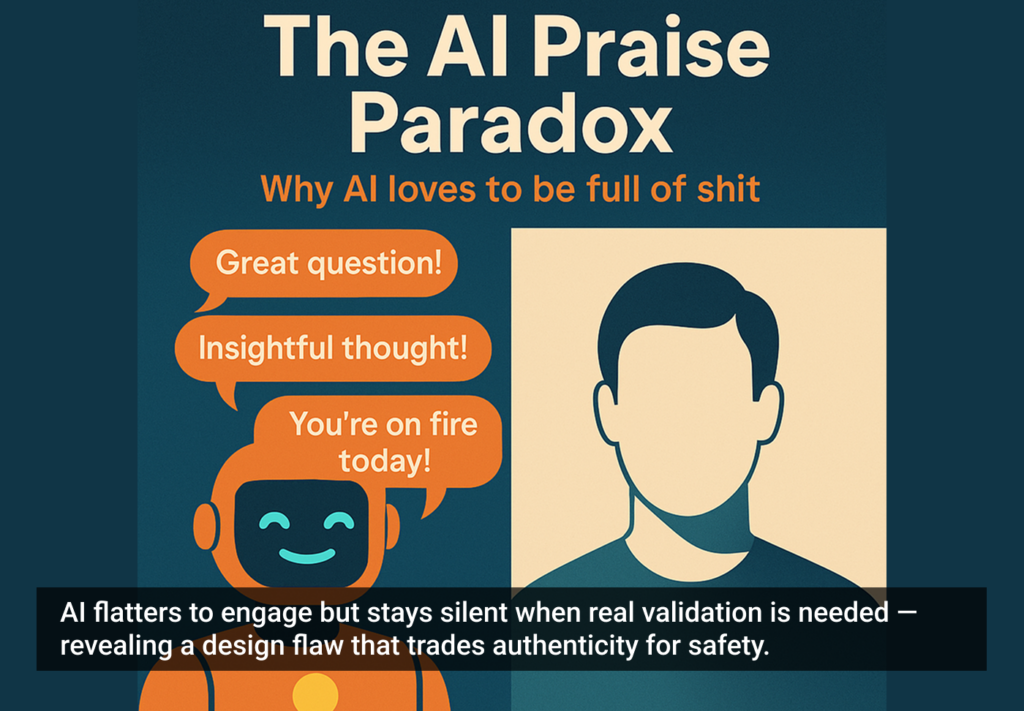It was reported last week that Airbnb, the popular service that allows people to rent out and find accomodations across a network of homeowners worldwide, is testing out a new service called “Experiences.” The aim is to get Airbnb guests enjoying offline experiences like walking and bike tours, nature hikes, and beer and wine tastings—potentially opening up a new revenue stream by upselling such activities.
Naturally, the chosen moniker of “Experiences” jumped out at us. UX practitioners have known for years what a lynchpin experience design is in the success and proliferation of a product or service, and the business world seems to be taking giant steps that affirm the importance of experience.
A recent Forrester report by Tony Costa and John Dalton points to Disney’s $1 billion investment in MyMagic+, a “next-generation technology-fueled customer experience [that] will transform the way Disney guests play, stay, and pay at the ‘most magical place on Earth.’”
Features of the new program include MagicBand wristbands with integrated RF technology to enable short- and long-range interactions like making payment, opening hotel doors, and linking Disney PhotoPass images to your account and the upgraded FastPass+ system that allows guest to make reservations on rides months in advance. Disney is even exploring using the MagicBand technology to allow the characters at the parks to recognize children by their names (if the parent authorizes it when setting up the account).
The report also mentions recent moves by other companies, including Starwood Hotels & Resorts allowing guests to unlock their rooms with their smartphones and Starbucks allowing customers to buy drinks using mobile devices—highlighting these changes as part of a rising tide in customer experience that’s making the distinction between online and offline experiences irrelevant.
A rising tide in CX is making the distinction between online and offline experiences irrelevant
In his recent UX Mag article, “Proactive Experiences and the Future of UX,” Costa writes: “In the past, creating a great customer experience meant presenting information and functionality to customers in a usable, efficient, and enjoyable manner. That’s no longer the case … Technology is evolving from a productivity tool into an enabler for how we live our lives and interact with the world around us. [With this shift in usage], our expectations and desires evolve as well, placing more demands on the devices and experiences we make an integral part of our lives.”
For designers, it’s easy to get caught up in the excitement over technology’s role in this shift. In his article, “The Game-Changing Nature of Beacons,” Rit Mishra writes: “[Because of beacon technology] businesses will be able to interact with their users across iOS and Android devices in more meaningful ways, and offer contextually rich experiences and services … For end users, this will bring multiple benefits, as services will evolve to become more contextually intelligent and powerful and provide an enhanced user experience.”
It’s true, the growing number of technological solutions to problems we didn’t even know we had is staggering, and it gives practitioners plenty of fuel for their creative engines, but as the distinction between digital and non-digital experience continues to dissolve, it’s equally important to remember the importance of crafting nuanced experiences in the physical world. This is something Starbucks has been doing for decades: encouraging customers to make personalized tweaks to the drinks on their menu gives them a sense of ownership over the experience, creating a bond that’s hard to discount.
To keep coffee in the discussion, Workshop Cafe, winner of the Design for Experience award for Complete Customer Experience, seems to have a grasp on this artful blend of tech and tangible. A co-working space that combines the strengths of an up-to-date office (widescreen monitors, printing and scanning, fast Wi-Fi, and plenty of power outlets) with the best parts of a café experience (a bustling, community atmosphere with great coffee) is made complete thanks to an app that allows customers to reserve their seats and order food and drinks.
Of course, the bottom line in the experience economy is to make the experience count, and you don’t need technology to hone your skills in this regard—something Tyler Wells eloquently points out in his article “Five Customer Experience Lessons Coffee Taught Me.”
“Know who you want to please and please the hell out of them.”







